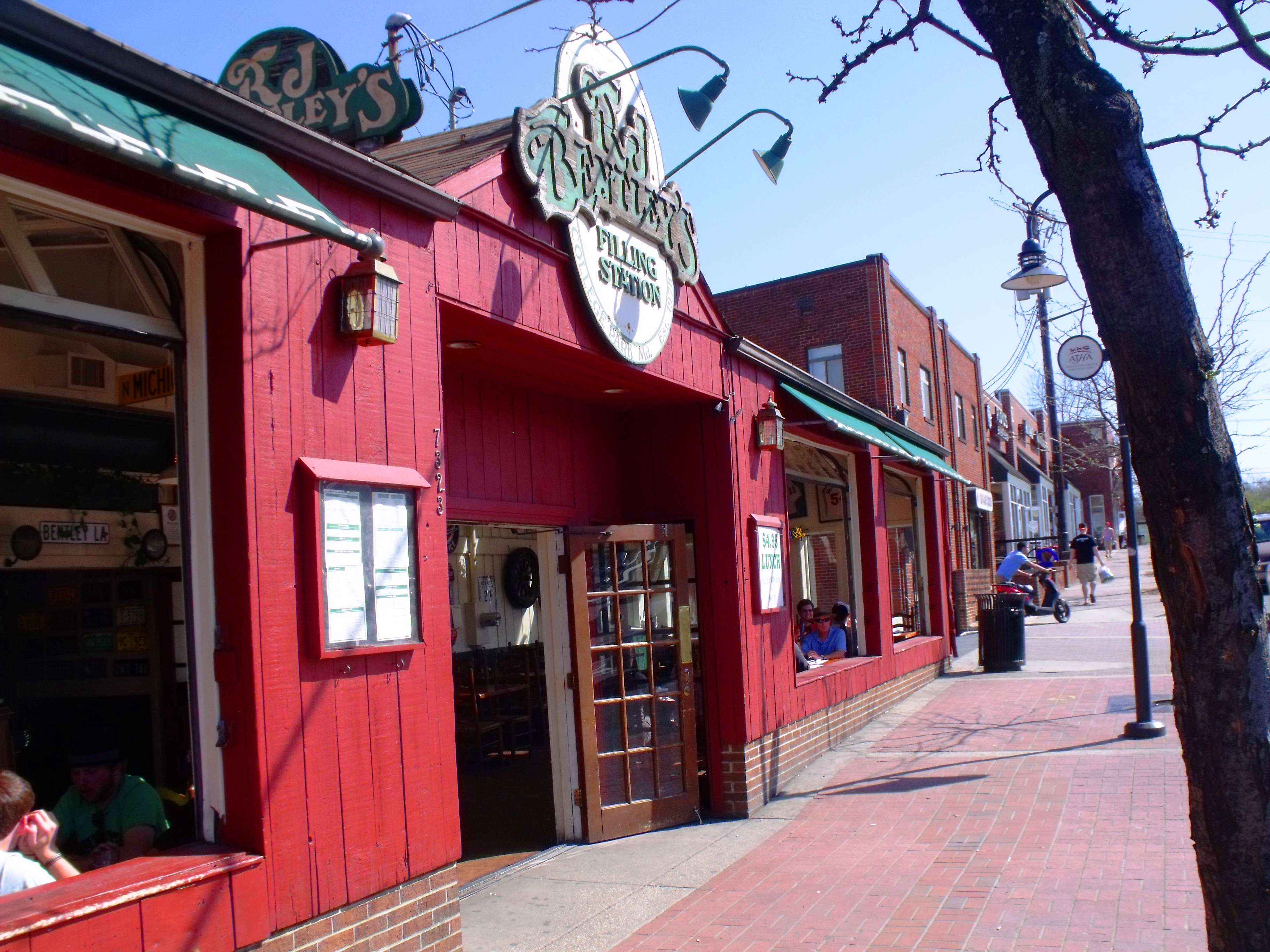Anyone who frequents Route 1 on weekend nights knows a familiar sight: chilly revelers hoping to enter R.J. Bentley’s forming a line that often stretches past the brick facade of Big Planet Comics. Meanwhile, the festivities inside reach a level of density that threatens to turn the cheeks of even the most careless fire marshal the color of a vodka cranberry. During this, at least one of the other two bars in the vicinity usually sits neglected. Can anything be done to remedy one of College Park’s most pernicious problems?
Perhaps the issue is that customer behavior is too predictable. The days of the week are split among bars in a way that minimizes competition (Terrapin’s Turf on Tuesdays, Cornerstone Grill and Loft on Wednesdays, etc). Falling into predictable patterns, students get in line right where the bar owners want them to. As all the action builds at one place, tumbleweeds roll at the other bars. Each morning, the bar owners gleefully count the cash that came in, knowing that their plan has worked again.
How crowded is the ideal bar? Certainly, being an arm’s length from anyone is too lonely. But the all-too-frequent occurrence of being packed in with nowhere to move might be a bit much. For those who like that, a rush-hour train full of commuters can be enjoyed for a lesser cover charge. So the desired crowd level is one that creates a vibrant atmosphere but at least allows us a bit of space to dance to Justin Bieber’s latest hits.
What makes defeating the bars tricky is that unlike other things we spend money on, getting cheaper cover and drinks aren’t the dominant factors we are concerned with. Enjoyment depends heavily on where other bargoers go. Since other agents determine one’s outcome, application of game theory is in order. At the university where Thomas Schelling won the 2005 Nobel Prize in Economics for applying game theory to the Cold War, surely we can carry on his work to defeat the bars.
When a bar is packed beyond the ideal crowd level while a line to pay excessive cover waits outside, there are no winners. The people inside have their enjoyment reduced by overcrowding, and the people outside are cold, bored and overpaying. If everyone in line and a few from inside had gone to an adjacent establishment, everyone would be better off. Otherwise, students are competing to cram into a bar instead of bars competing to please students. Because the appeal of the bar is having friends and many other students there with you, the bar that controls the scene on a particular night has a monopoly power.
In the days before social media, it might have been necessary to have a certain pattern of going to bars on certain nights to ensure meeting people at the Santa Fe Cafe or the ‘Vous. However, today’s students can use social media to create more competition between bars and a greater diversity of options than perhaps waiting in the cold for Bentley’s or standing around a deserted Cornerstone. Perhaps it is too much to ask for pregamed students to achieve an efficient optimum, but there is an opportunity to coordinate something beneficial for students. Next time you hand $5, $7 or even $10 to a cackling oaf dressed in yellow, just know that there could be a better alternative.
Daniel Galitsky is a senior economics and finance major. He can be reached at dgalitskydbk@gmail.com.



